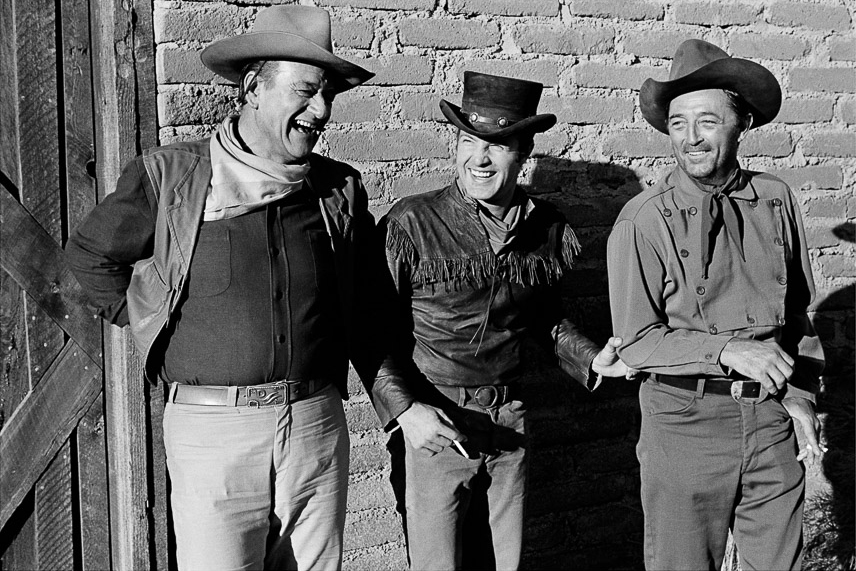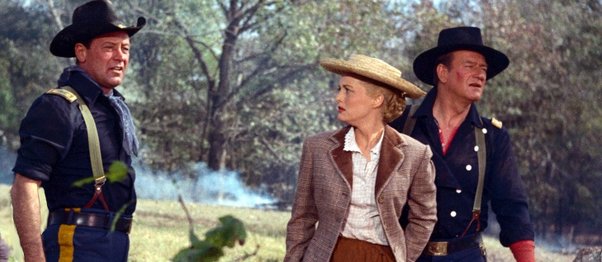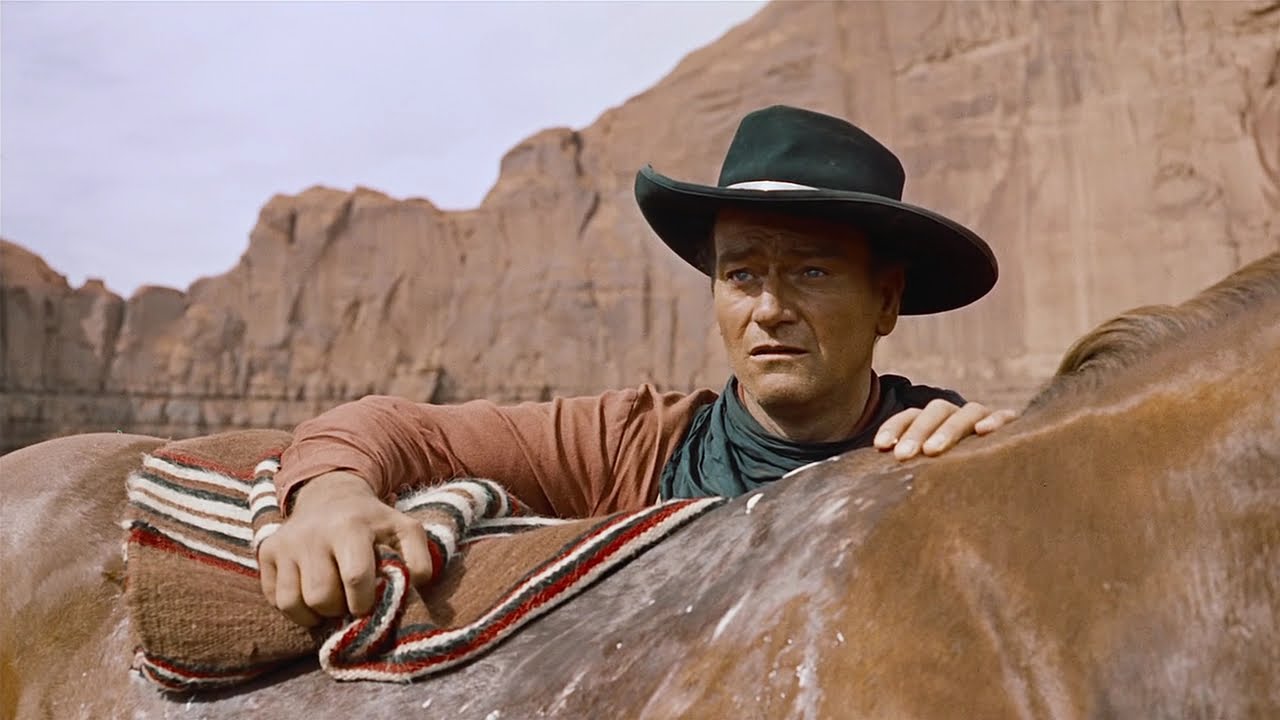John Wayne is known as the gritty, rugged cowboy who will go to any length, including putting his own life at risk, to save his town or those he loves. Though his catalog isn’t wall-to-wall action films, the movies for which he’s best known involve shootouts, chasing outlaws on horseback, and plenty of high-stakes stunts.
Surprisingly, however, the scene The Duke calls his best involves neither a galloping steed nor a deadly gun battle. In fact, it breaks from his typically unwavering machismo entirely. Rather than a brave defense of the Alamo or a passionate sequence with a love interest, John Wayne’s favorite scene is a melancholy-filled moment in True Grit (1969).

In the film, a 62-year-old Wayne plays Rooster Cogburn, a one-eyed federal marshal who’s let himself go. The Duke’s favorite scene is a rare one for a John Wayne character. During a stakeout, Cogburn opens up about his failed marriage, his relationship with his son, and his days making ends meet as a bank robber. In that moment, all the stoic roughness melts away and is replaced by a touching wistfulness.
For John Wayne, the break from his typical strapping cowboy persona was welcome. “It’s sure as hell my first decent role in 20 years,” he said of True Grit in an interview with Roger Ebert. “And my first chance to play a character role instead of John Wayne. Ordinarily, they just stand me there and run everybody up against me.”
John Wayne Once Described Creating the Western Genre

The Western genre can’t be discussed without mentioning The Duke. The original cowboys, John Wayne and Clint Eastwood, changed the face of cinema forever, shaping Westerns as we know them today. For Wayne, that was something for which he felt an immense amount of pride. Even in 1969, he knew that he had built a legacy that would last forever.
“I’m very conscious that people criticize Hollywood,” Wayne explained to Roger Ebert. “Yet we’ve created a form, the Western, that can be understood in every country. The good guys against the bad guys. No nuances. And the horse is the best vehicle of action in our medium. You take action, a scene, and scenery, and cut them together, and you never miss. Action, scene, scenery.”
“When you think about the Western…ones I’ve made, for example,” he continued. “Stagecoach, Red River, The Searchers, a picture named Hondo had a little depth to it…it’s an American art form. It represents what this country is about.”
“In True Grit, for example, that scene where Rooster shoots the rat. That was a kind of reference to today’s problems. Oh, not that True Grit has a message or anything. But that scene was about less accommodation, and more justice.”
